A collection of images and articles about coins from the ancient (and especially Mediterranean) world, updated irregularly. Run by one harassed professor of ancient history. Happy to lend a hand identifying coins or providing historical context.
Don't wanna be here? Send us removal request.
Text
#roman coins#Brutus#Rome#ancient rome#Julius Caesar#ancient coins#ancient numismatics#ancient history
10 notes
·
View notes
Text
#etruscan#tuscany#Roman#Roman coins#Roman baths#Etruscan art#Roman art#archaeology#roman archaeology#ancient coins#ancient numismatics#ancient rome#numismatics
9 notes
·
View notes
Text
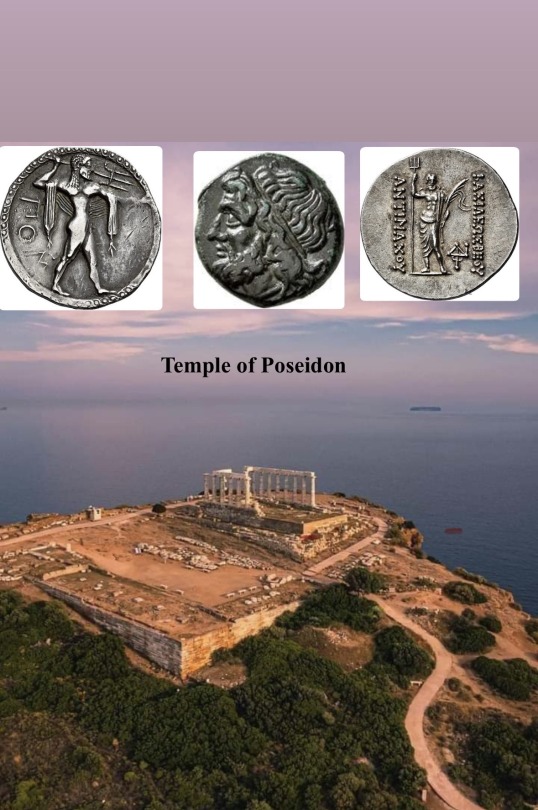
The Temple of Poseidon at Cape Sounion, Greece, is a 2,500-year-old structure dedicated to Poseidon, the Greek god of the sea. Built between 444-440 BC during the era of the Athenian leader Pericles, it replaced an earlier Archaic-period temple. Overlooking the #Aegean_Sea , the temple reflects Poseidon’s importance to #Athens, given the city’s reliance on naval power and maritime trade in the 5th century BC.
While ancient Greek coins did not typically feature the Temple of Poseidon itself, many coins minted in Poseidon’s honor included symbols associated with him, such as his trident or depictions of the god himself. These coins sometimes came from regions where #Poseidon was especially venerated.
#Temple_of_Poseidon
#archaeology #history #ancient #art #alsadeekalsadouk #ancienthistory #travel #archaeological #rome #italy #museum #roma #heritage #greek #arthistory #culture #antiquity
#4thcentury #photography #tetradrachm #greekcoin #greekarcheology #greekancientcoins #stater #الصديق_الصدوق
#Greek_mythology
24 notes
·
View notes
Text

The use of hippocampus on coins
-Greek Civilization:
In Greek mythology, the hippocampus was often associated with Poseidon, the god of the sea, earthquakes, and horses. Poseidon was said to ride a chariot drawn by hippocampi, which symbolized his dominion over both land and sea. The hippocampus also appeared in ancient Greek art, particularly in pottery and mosaics, where it was depicted as a graceful and powerful creature. These representations often emphasized its role as a creature of the sea, embodying both the beauty and the danger of the ocean.
-Phoenician Civilization:
The Phoenicians, a seafaring people known for their trade and maritime prowess, also featured the hippocampus in their art and mythology. The hippocampus in Phoenician culture symbolized their connection to the sea, which was central to their economy and way of life. The creature was depicted in Phoenician art, particularly in the form of amulets, seals, and decorative items, serving as a protective symbol for sailors and merchants.
-Roman Civilization:
In Roman culture, the hippocampus continued to be associated with the sea and was often linked to Neptune, the Roman equivalent of the Greek Poseidon. The Romans adopted and adapted much of #Greek_mythology , so the #hippocampus retained its significance as a creature of the sea. It appeared in Roman mosaics, sculptures, and other artworks, often in scenes depicting marine life or the gods of the ocean. The hippocampus also symbolized power and strength, qualities that were highly valued in Roman society.
In all these civilizations, the hippocampus served as a powerful symbol of the sea, embodying the duality of beauty and danger, as well as the connection between the human and the divine. #archaeology #ancient #ancienthistory #museum #numismatics #numismatist #numismatica #rarecoins #oldcoins #worldcoins
#coincollecting #coincollection #gold #metaldetecting #silvercoins
#coin #romancoin #ancientcoins #ancientgreekcoins #money #history.
#temple#art #greece #alsadeekalsadouk #الصديق_الصدوق
75 notes
·
View notes
Text

Hoard of Roman gold coins uncovered near Cadiz, Spain, dated late 4th century AD
from The National Archaeological Museum, Madrid
245 notes
·
View notes
Text
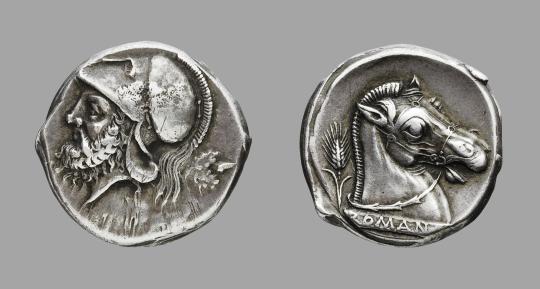
Roman silver didrachm used before the Romans adopted the denarius, circa 300 BC
from The Yale University Art Gallert
#roman coins#roman coin#didrachm#drachma#ancient history#ancient coins#ancient rome#ancient numismatics
1K notes
·
View notes
Text

2K notes
·
View notes
Text
4 notes
·
View notes
Text
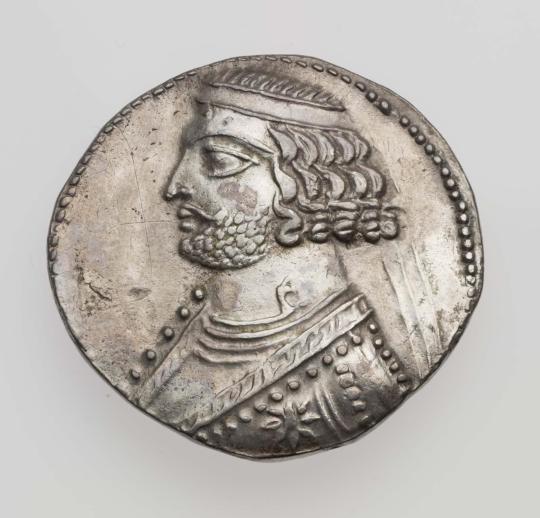

~ Tetradrachm of Kingdom of Parthia with bust of Orodes II.
Culture: Greek
Period: Late Hellenistic Period
Date: 57–37 B.C.
Mint: Kingdom of Parthia
Place of origin: Seleukeia-on-the-Tigris (Babylonia)
Medium: Silver
896 notes
·
View notes
Note
Hi, I have a very weird coin I cannot identify. I got this second hand, so I'm not sure where it's from, but other coins that were with it were 4th century Roman. Here are pictures of each side of the coin. Any feedback would be very helpful. Thank you for your time, and I hope you have a good day.
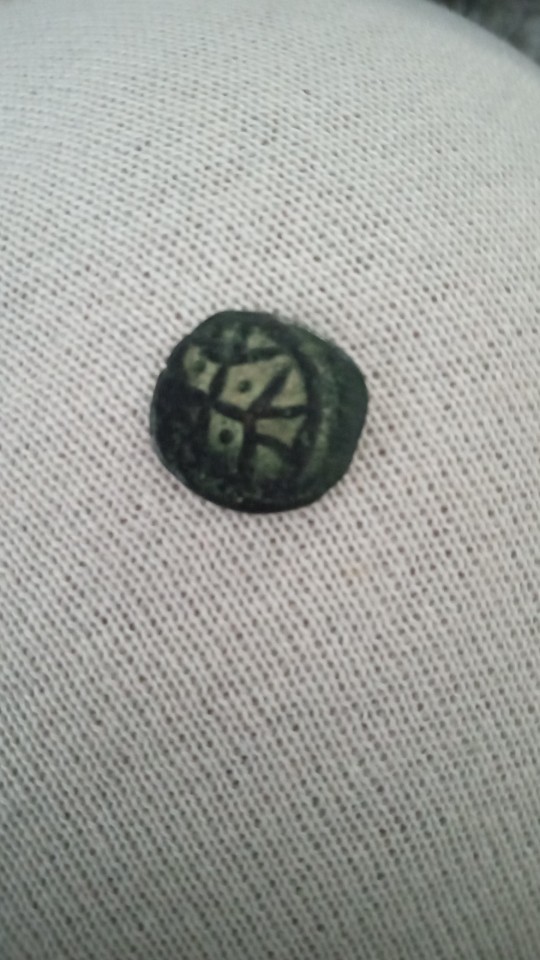

This is really tough, and annoying because there’s definitely something familiar about the obverse to me. My expertise is in Roman numismatics, but this doesn’t look especially Roman to me. My first instinct was Celtic but I haven’t been able to track it down (this is a good place to browse, maybe you will have better luck: https://www.coin-links.net/Celtic.html) and then I thought there was some similarity between that reverse and Indian tokens, but a dig didn’t turn up anything more than a cursory resemblance (I spent most of my time looking here: https://www.zeno.ru/showgallery.php?cat=3693&page=4). If I had info about the weight and diameter (and a less blurry shot of that reverse), I might have more luck, but for now, I’m afraid this is the best I can do.
7 notes
·
View notes
Text
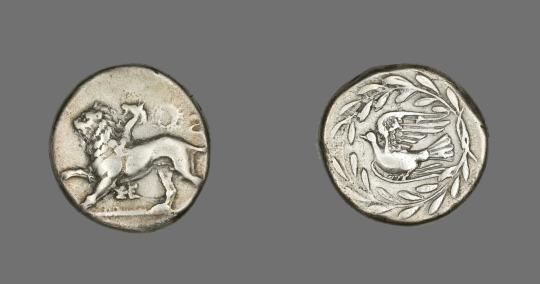
Aeginetic Stater (Coin) Depicting a Chimera
Greek; minted in Sikyon, Peloponnesus, 431-400 BCE
The front (obverse) of this coin depicts a mythical creature called a Chimera. On the back (reverse) a flying dove is encircled by a wreath of leaves.
298 notes
·
View notes
Text
How have I gone all this time with no one telling me about the Italian slave girl who became the first queen regnant of Parthia, poisoned her former owner/husband, survived being overthrown and comfortably retired in Rome?

Her name is Musa and I need a movie about her now.
#parthia#queens#musa of Parthia#coins#roman women#ancient women#ancient coins#ancient numismatics#Parthian coins#numismatics
175 notes
·
View notes
Text

Happy Wednesday, All!
Back in 2014 and 2015, I got to go to Valencia, Spain to work on my film Animal Crackers.
I was teaching myself watercolors and fell in love with the streets of Valencia. Finding time to sit alone and paint (when I should have been working on the film).
One day, at a market, there were vendors and I purchased some old Roman Coins (I hope they're legit... but... at this point... who cares?)
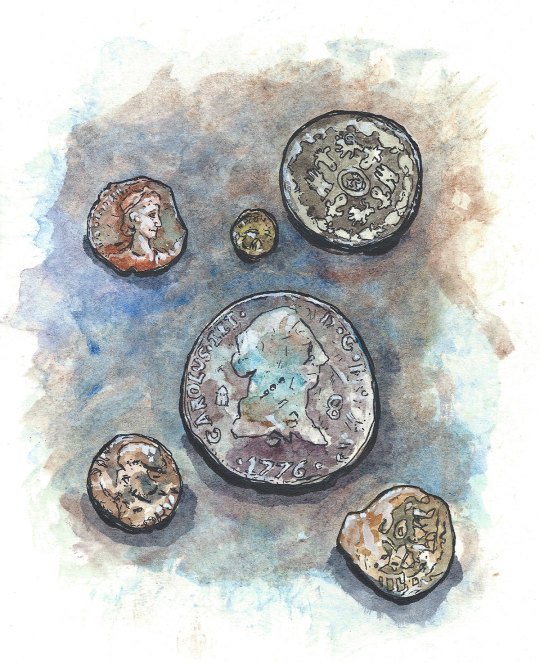
I hope I can go back again one day soon.
Sending Big Hugs from the Hobbit Hole. ♥♥♥
Scott
854 notes
·
View notes
Text
”Men think about the Roman Empire” “What’s the female version of the Roman Empire” SHUT UPPPPP. SHUT THE FUCK UPPPPPP. AS A WOMAN I LOVE THE ROMAN EMPIRE. AS A WOMAN I LOVE ANCIENT HISTORY AND BATTLES AND POLITICAL INSTABILITY. THE “GIRL VERSION OF THE ROMAN EMPIRE” IS THE ROMAN EMPIRE. IM GOING TO STAB YOU 23 TIMES
27K notes
·
View notes
Text
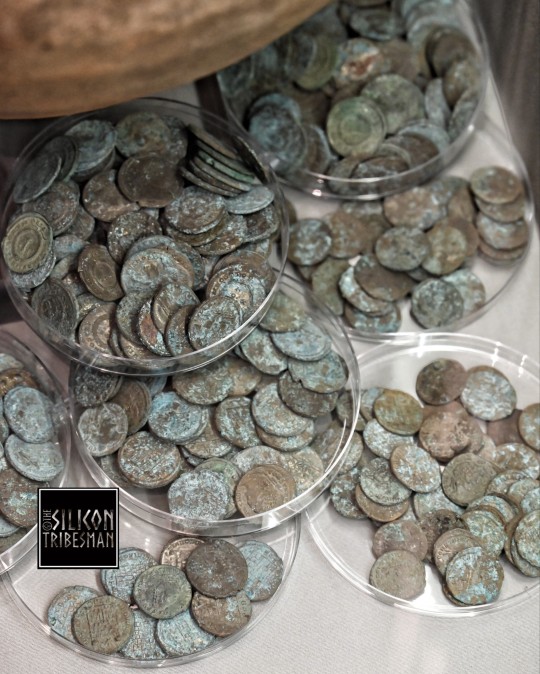
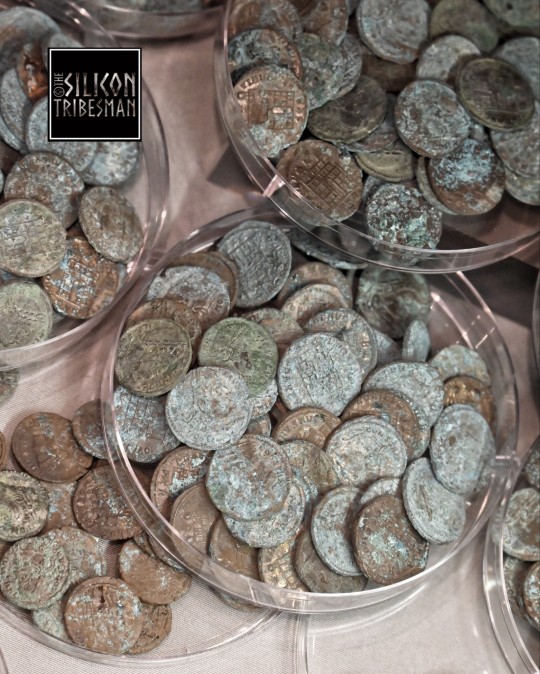
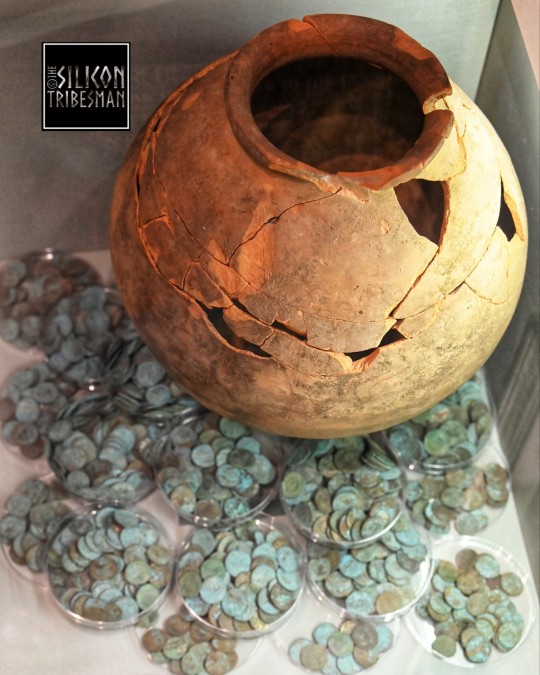
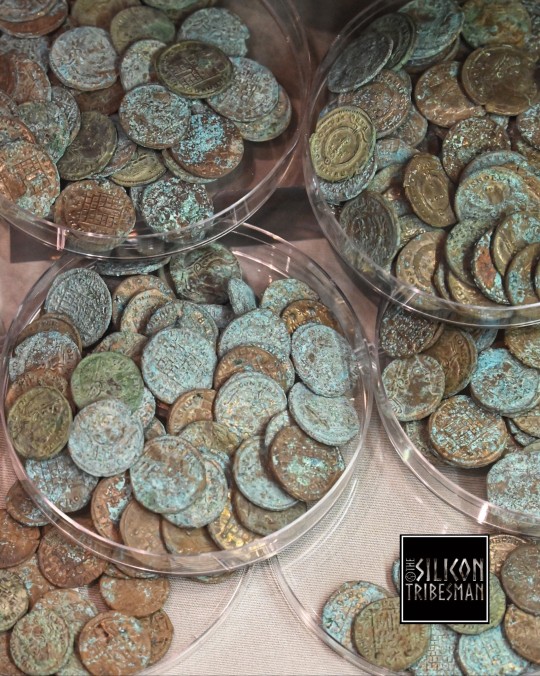
'The Shrewsbury Hoard' 4th Century CE Roman Hoard, Shrewsbury Museum, England
292 notes
·
View notes
Text
On the theme of Celtic coins, this seems like an amazing resource!
18 notes
·
View notes
Text
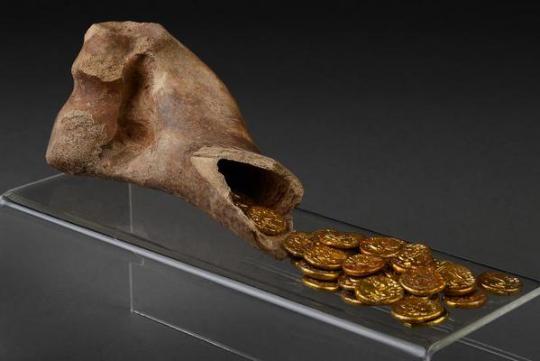
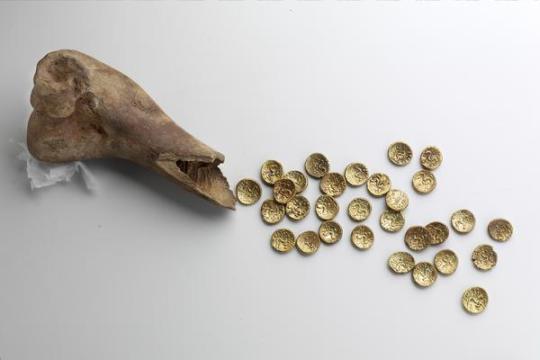
A hoard of Celtic gold coins hidden in a cow bone, discovered near Sedgewick, England, 1st century AD
from The Norfolk Museums Collections
3K notes
·
View notes